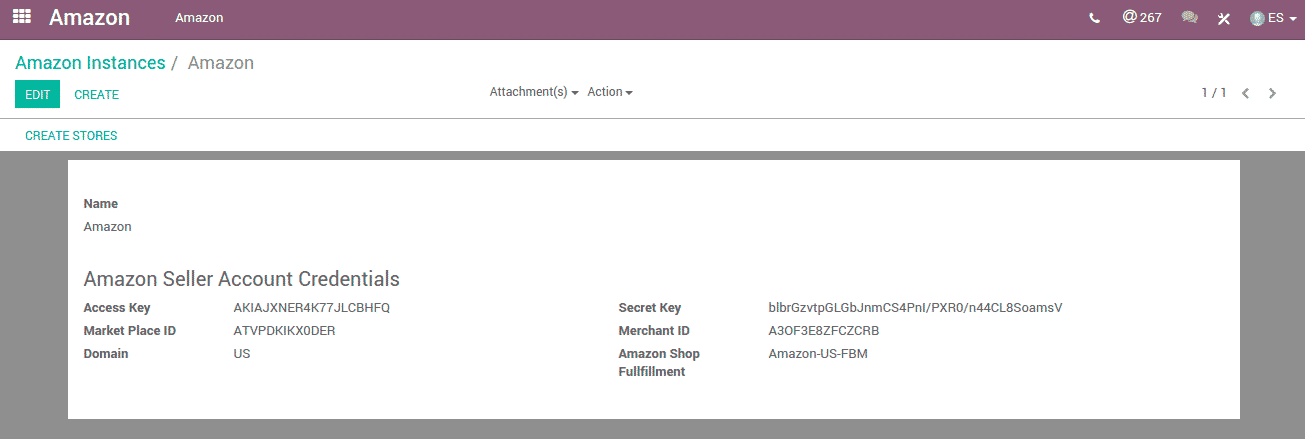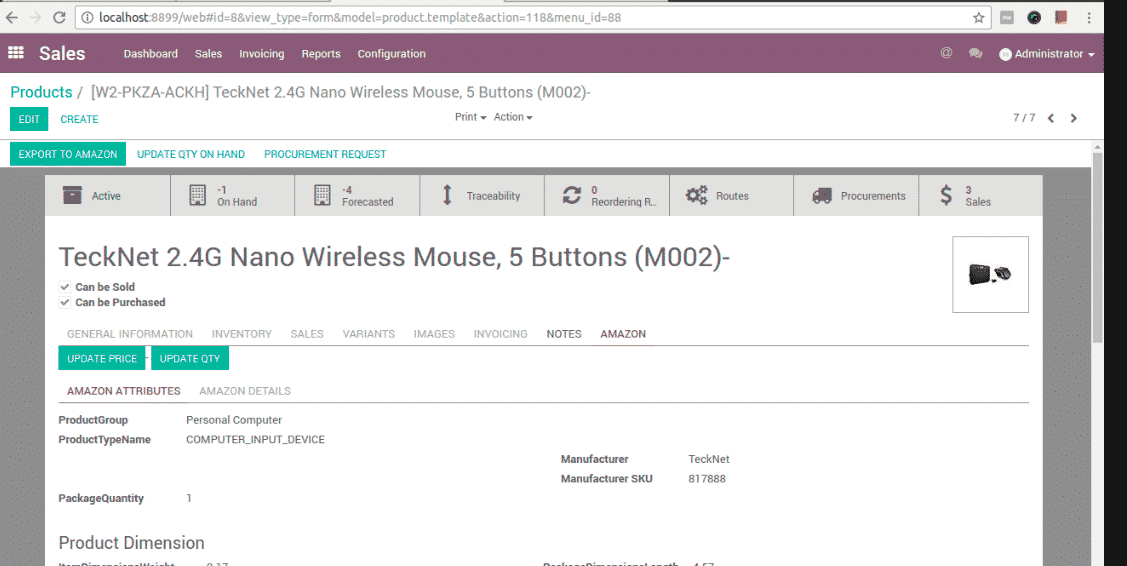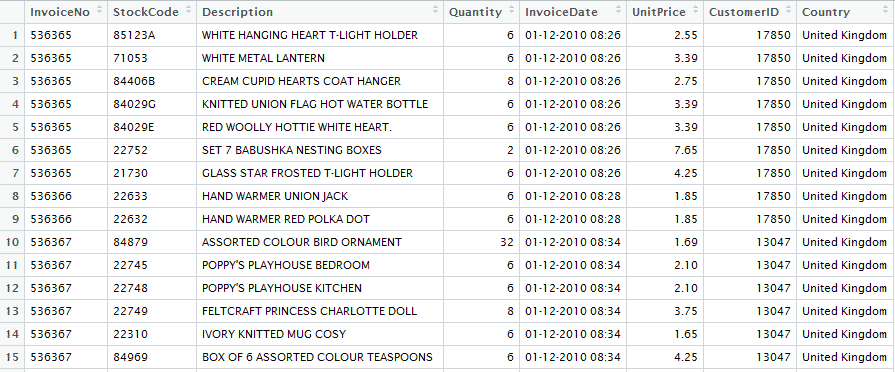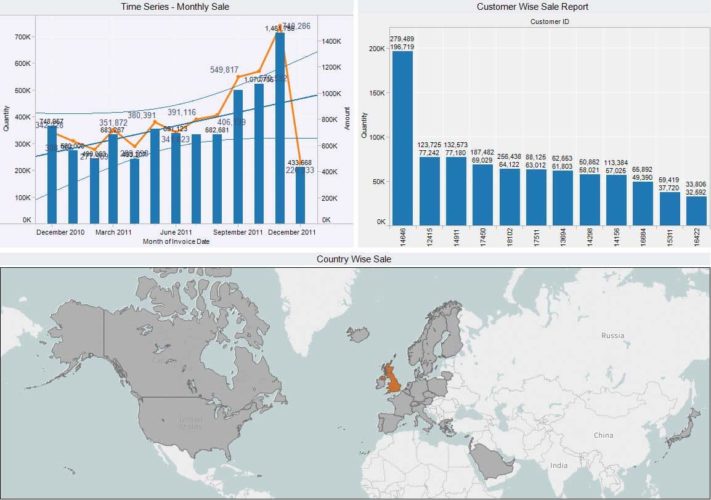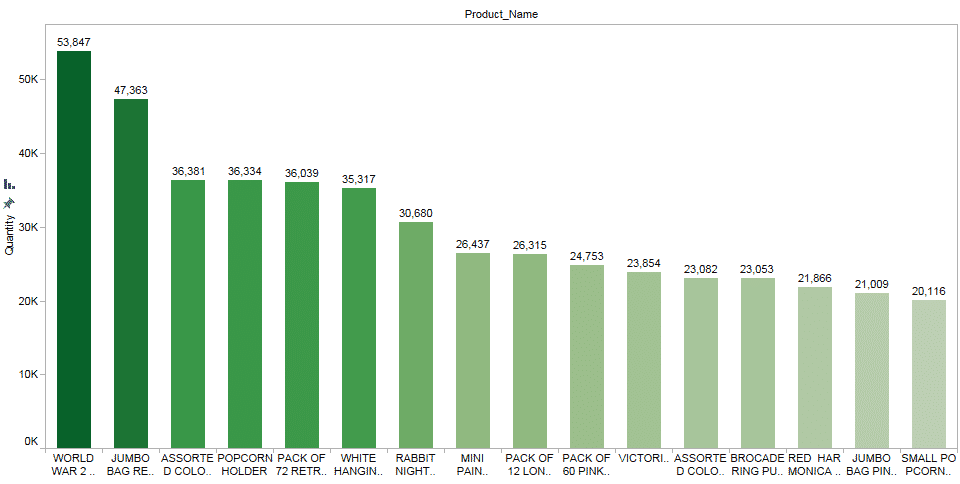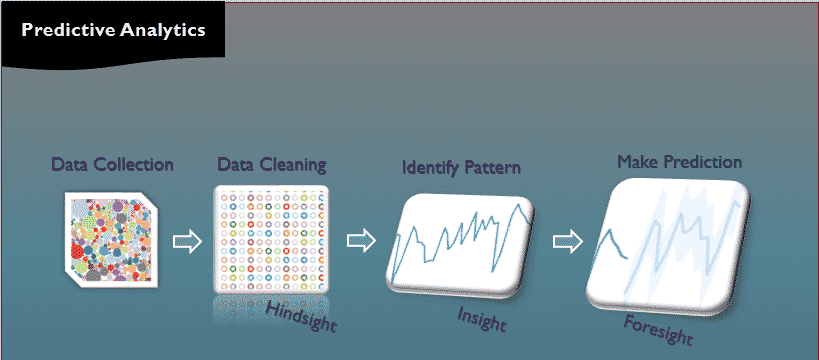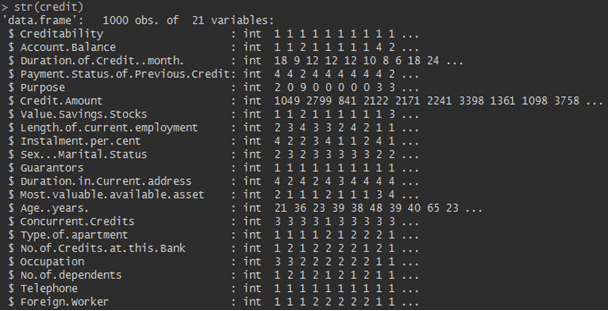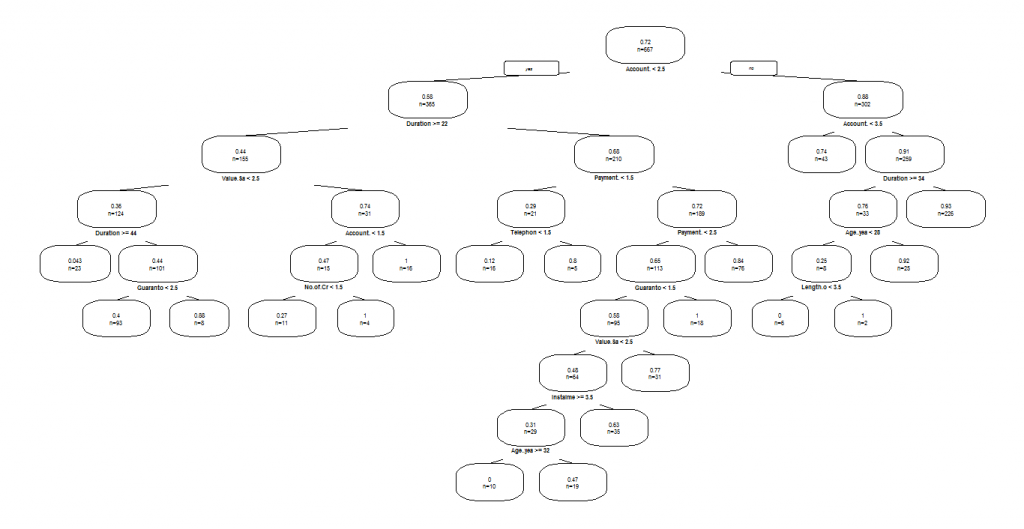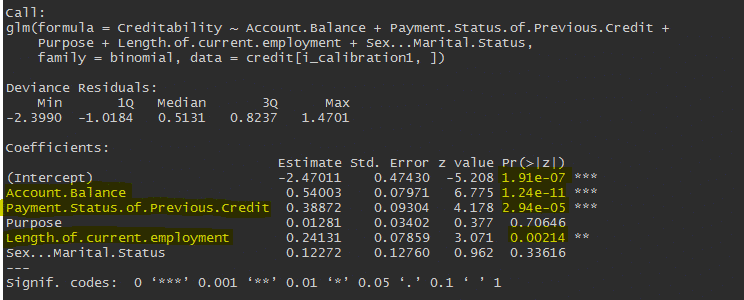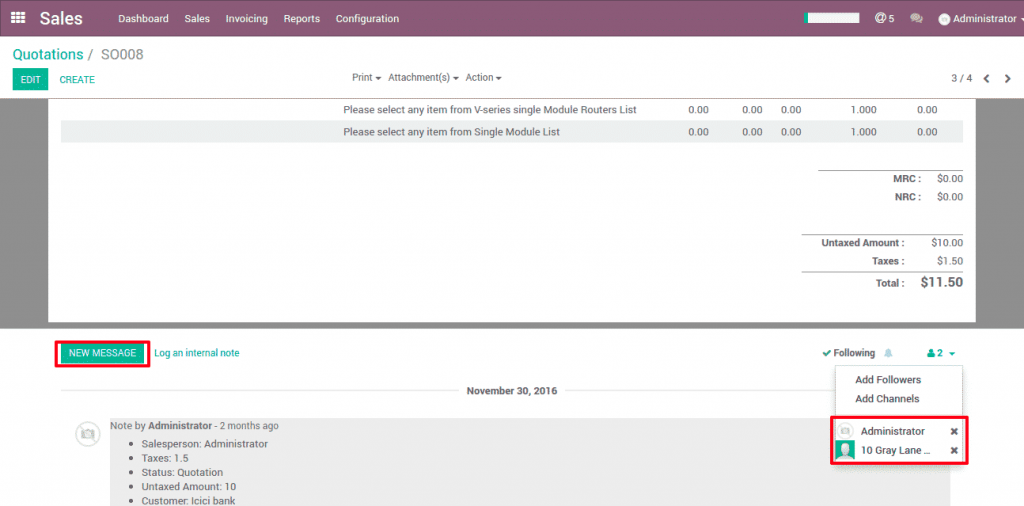Manage your sales Taxes better in Odoo V10
Introduction
Calculating the correct sales tax for an order can be quite a complicated task. Sales Taxes not only differ from state to state but can also be different within the zip code.
Also sales taxes can be different across products e.g. some states don’t charge taxes on shipping even though they may tax the actual product being shipped. So began the hunt for a solution that was relatively inexpensive, comprehensive and accurate and we found TaxCloud which is completely free.
What is TaxCloud?
TaxCloud handles every aspect of sales tax management, from collection to filling.
Sales Tax Calculation
Calculates sales tax in real time for every state, county, city, and special jurisdiction in the US Keeps track of which types of products are exempt from sales tax in which states Monitors changes to tax rates and tax holidays and updates data accordingly.
Reporting Features
Provides monthly reports, broken down by jurisdiction (state, county, city, etc).Manages sales tax exemption certificates.
Automated Compliance
TaxCloud has been certified to provide registration, filing, remittance, and audit response in the following 24 states:

The TaxCloud integration allows you to calculate the sales tax for every address in the United States and keeps track of which product types are exempt from sales tax and in which states each exemption applies. TaxCloud calculates sales tax in real-time for every state, city, and special jurisdiction in the United States.
TaxCloud is one of the six companies that is certified with SSTA (Streamline Sales Tax Agreement) which provides assurance regarding the accuracy of their data and TaxCloud has integration with most of the leading software solutions like Magento. TaxCloud is free because it is paid by the states where they file taxes and transfer the funds. TaxCloud provides for reporting, filing of taxes and also handles exemptions in situations such as sales to non profits, etc.
Configuration
In Tax Cloud
- Create a free account on TaxCloud website.
- Register your website on TaxCloud to get an API ID and an API Key.

In Odoo
- Go to Invoicing/Accounting ‣ Configuration ‣ Settings and check Compute sales tax automatically using TaxCloud. Click Apply, in those settings, enter your TaxCloud credentials.

- Hit Sync TaxCloud Categories (TIC) to import TIC product categories from TaxCloud (Taxability Information Codes). Some categories may imply specific rates.

- Set default TIC Code and taxe rates. This will apply to any new product created. A default sales tax is needed to trigger the tax computation.
- For products under a specific category, select it in its detail form (in Sales tab).
- Make sure your company address is well defined (especially the state and the zip code). Go to Settings ‣ General Settings and click Configure your company data.
How it works
Automatic tax assignation works thanks to fiscal positions. A specific fiscal position is created when installing TaxCloud. Everything works out-of-the-box.
This fiscal position is set on any sales order, web order, or invoice when the customer country is United States. This is triggering the automated tax computation.

Add a product with a default sales tax. Odoo will automatically send a request to TaxCloud, get the correct tax percentage based on the customer location (state and zip code) and product TIC category, create a new tax rate if that tax percentage does not already exist in your system and return it in the order item line (e.g. 7.0%).

How to create specific tax mappings using TaxCloud
You can create several fiscal positions using TaxCloud. Check Use TaxCloud API to do so. Such fiscal postions can be assigned to customers in their detail form in order to get them by default whenever they buy you something.

TaxCloud is safe and secure, all TaxCloud APIs operate only under SSL protocol. In addition, TaxCloud issue a unique ID and key for every merchant store/shopping cart. It does not store any of your customer data on their servers.
With this connector for Odoo OpenERP, we believe there is now a solution that can assist in filing sales taxes accurately, increase productivity and reduce the risk of the audit without incurring a per transaction fee.
Please feel free to reach us at sales@bistasolutions.com for any queries on odoo and its related modules. Also, you can write us through feedback@bistasolutions.com and tell us how this information has helped you.



 With the
With the 
